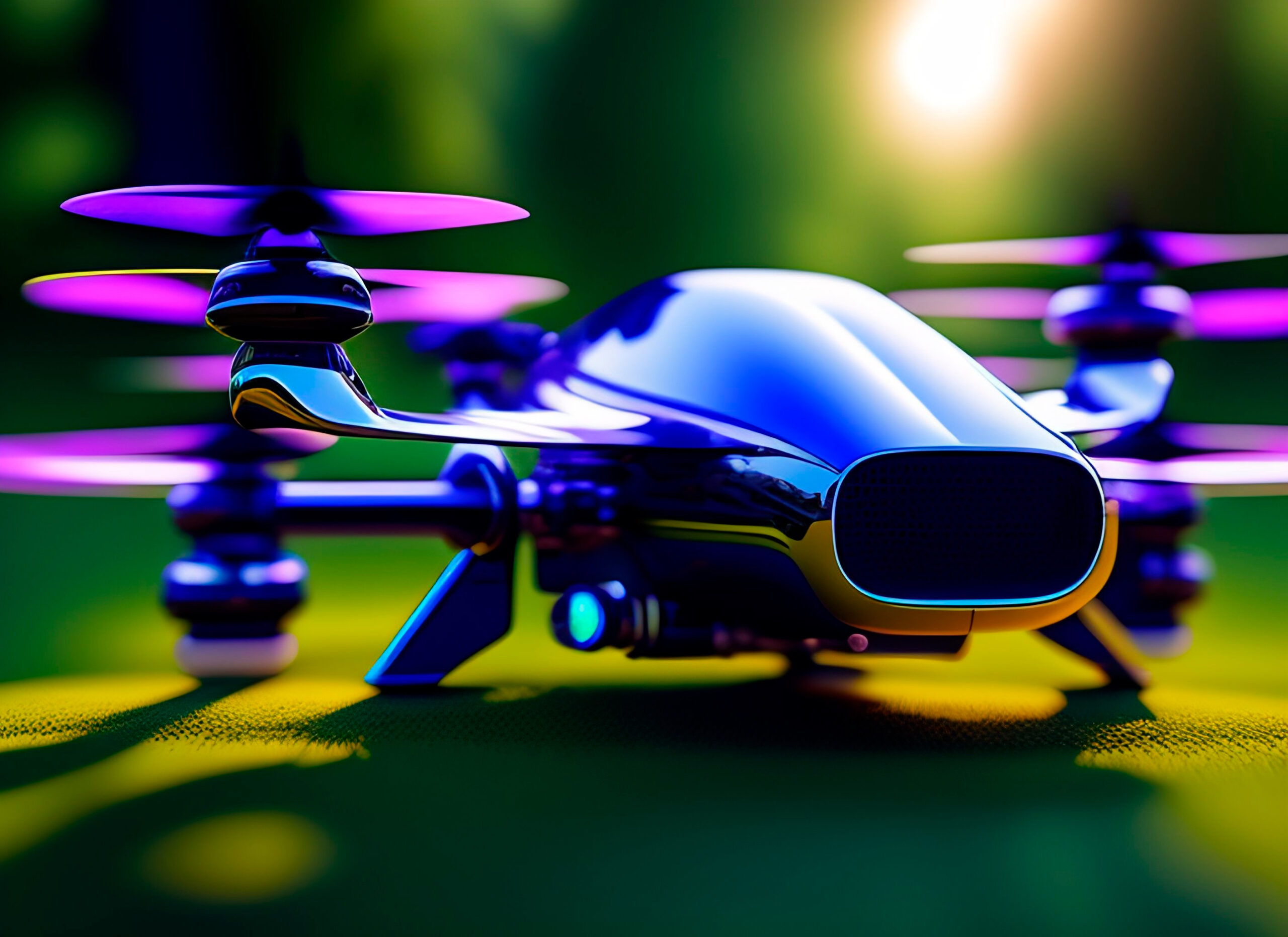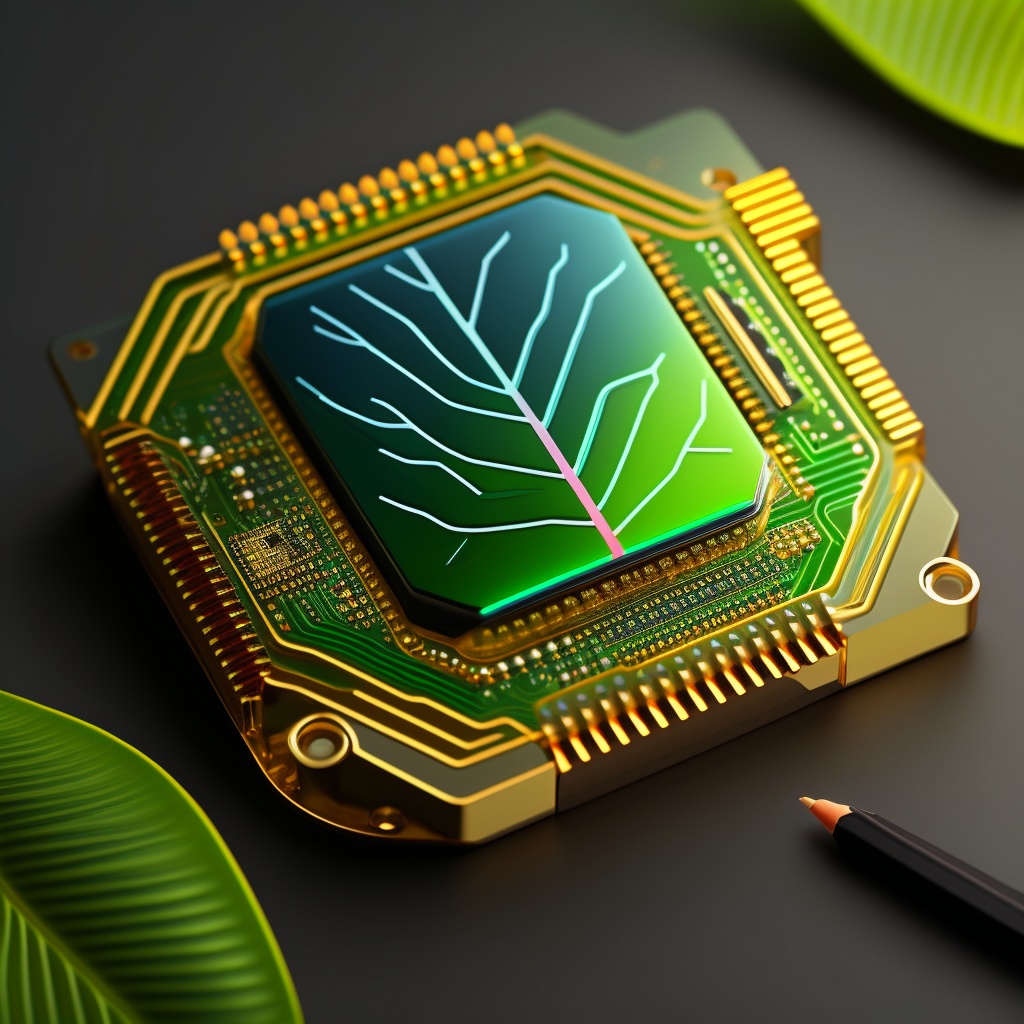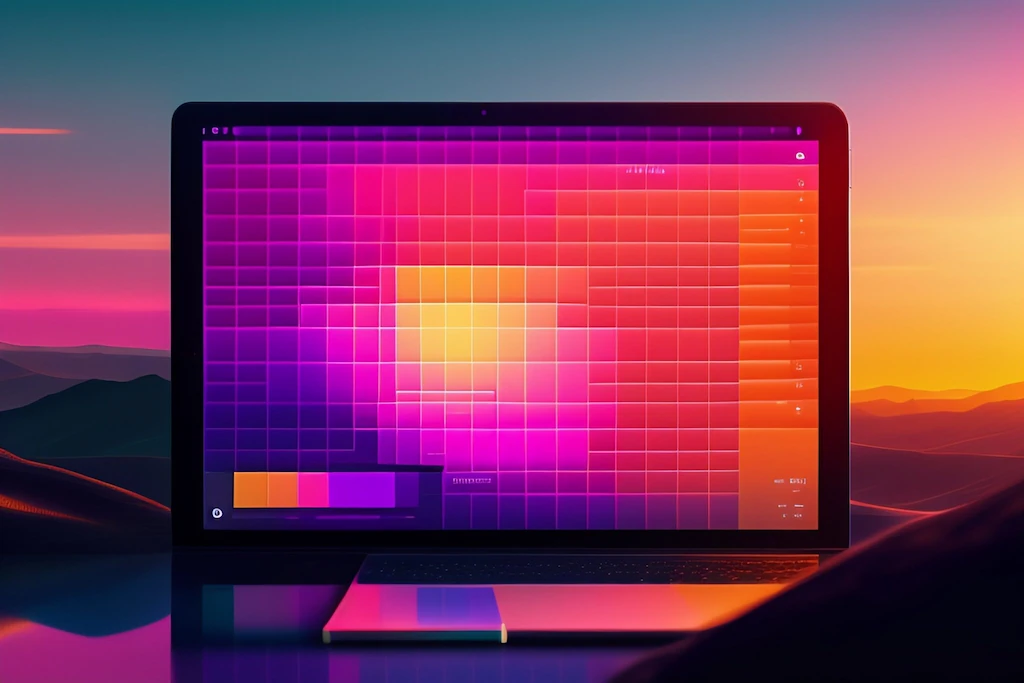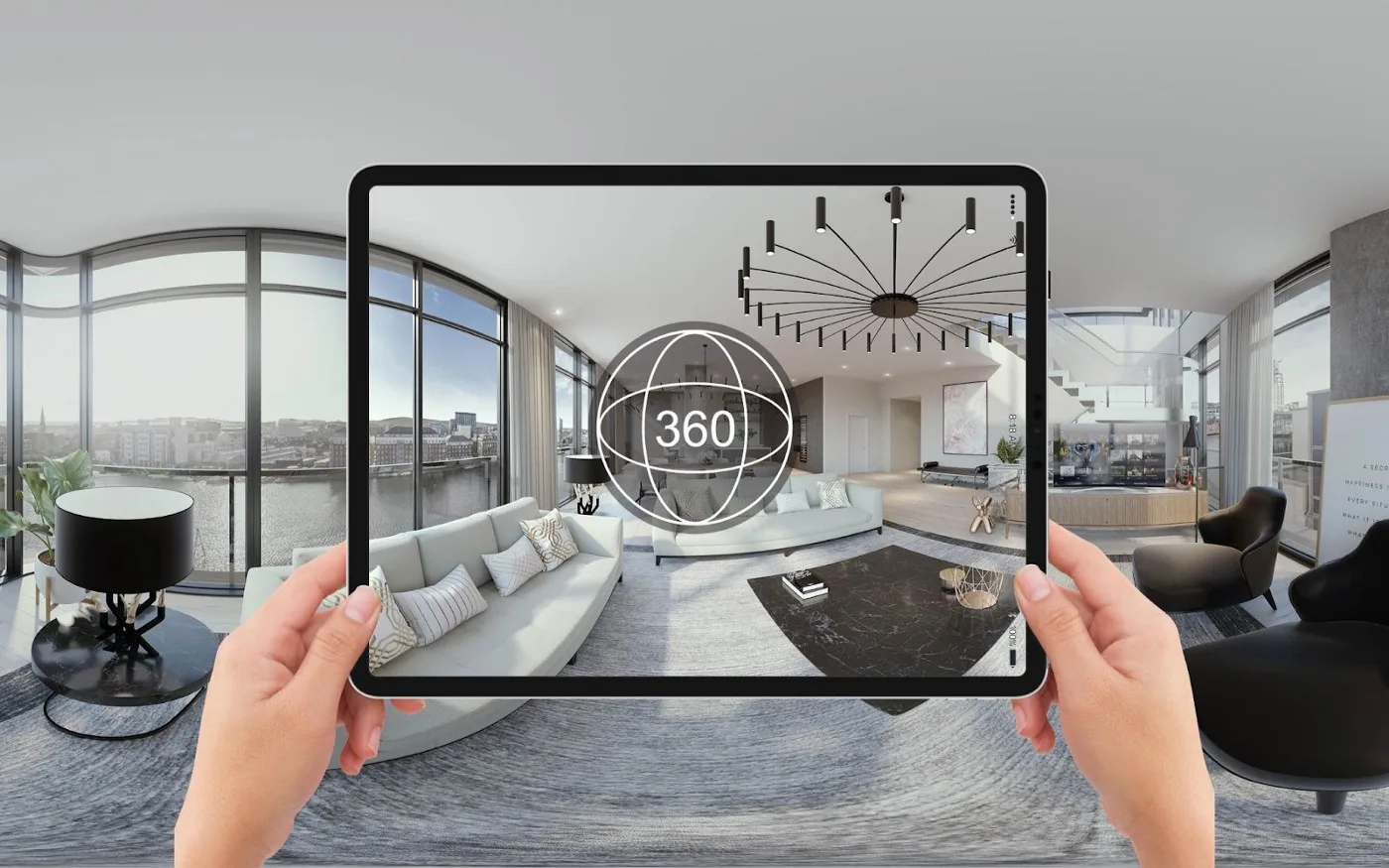From AI to healthcare and sustainable computing, WEF’s Top 10 Emerging Technologies report showcases innovations that promise a brighter tomorrow.
Today’s global challenges are incredibly complex: we must find a balance between societal well-being and sustainable growth. That’s why at Perspektiva 360, we enjoy exploring: How is technology helping us find solutions? And we constantly discover (and, of course, create) mind-blowing answers. Every day brings remarkable advancements that pave the way towards a promising future, and when it comes to recognizing the immense potential of technology, the World Economic Forum is an interesting source. They have recently released their annual report ‘Top 10 Emerging Technologies of 2023’. This report provides an overview of the technologies that will have a significant impact in the next five years and is the result of a collaborative effort involving more than 90 academics, industry leaders, and futurists from 20 countries. And what does this year offer us? If you’re thinking about Artificial Intelligence (AI), you’re on the right track. But there’s more than just AI. This year’s emerging technologies are a fascinating mix that goes beyond enhancing productivity and transforming industries with AI. They’re also geared towards addressing environmental concerns and improving healthcare, for example. So, keep reading to discover the top 10 standout emerging technologies in 2023.



Find more info at:
Today’s global challenges are incredibly complex: we must find a balance between societal well-being and sustainable growth. That’s why at Perspektiva 360, we enjoy exploring: How is technology helping us find solutions? And we constantly discover (and, of course, create) mind-blowing answers. Every day brings remarkable advancements that pave the way towards a promising future, and when it comes to recognizing the immense potential of technology, the World Economic Forum is an interesting source. They have recently released their annual report ‘Top 10 Emerging Technologies of 2023’. This report provides an overview of the technologies that will have a significant impact in the next five years and is the result of a collaborative effort involving more than 90 academics, industry leaders, and futurists from 20 countries. And what does this year offer us? If you’re thinking about Artificial Intelligence (AI), you’re on the right track. But there’s more than just AI. This year’s emerging technologies are a fascinating mix that goes beyond enhancing productivity and transforming industries with AI. They’re also geared towards addressing environmental concerns and improving healthcare, for example. So, keep reading to discover the top 10 standout emerging technologies in 2023.
Developing a Sustainable Future Driven by AI
Perhaps there has never been a better time for Artificial Intelligence (AI) to have its most spectacular advancements in history. Just a year ago, we were facing significant concerns like climate change, food crises, potential pandemics, and human well-being on our own. Today, the story is not so different, but this time we can harness the capabilities of AI, a technology that promises us a future we can’t even imagine yet.Generative AI
Have you heard of Generative Artificial Intelligence? It’s an exciting emerging technology that is making its way into our daily lives. It is powered by complex algorithms, like those used in ChatGPT, and is already transforming how we learn, work, and create. What sets Generative AI apart is its ability to go beyond simple tasks and produce written content, images, and even sound. Its applications extend to diverse fields such as economics, sustainability, development, disaster preparedness, and education. For example, Google developers are incorporating AI-powered functionalities to enhance the experience and productivity of students and educators using Google Workspace applications. It’s amazing to see how companies worldwide, especially those focused on technology and innovation, are embracing this new technology. That’s why here at Perspektiva 360, we’re already harnessing the power of generative AI. With this technology, we enhance the coding productivity of our software developers, unleash the creativity of our designers and content specialists, and push the boundaries of our company. These are truly exciting times for our team.AI and Healthcare
Artificial Intelligence also has the potential to revolutionize the healthcare sector as it can analyze large amounts of data and quickly recognize patterns. AI-based tools could assist in disease diagnosis, streamline administrative tasks, and even predict future health challenges. AI would empower healthcare professionals with information processing capabilities, enabling them to provide much more precise and safer personalized care. In developing countries, where healthcare infrastructure is limited, the benefits of AI could be even more significant as it could help bridge the gap in access to medical resources and improve efficiency in healthcare delivery.Virtual Worlds and Mental Health
Have you ever thought about how virtual environments can contribute to mental well-being? While the concept of a single metaverse is still far off, that doesn’t mean virtual environments lose their relevance. In fact, their power to create shared spaces is undeniable. Digital realms offer opportunities for telemedicine applications, prevention, diagnosis, therapy, education, and mental health-related research. In fact, gaming platforms are already making a difference by helping people with conditions like depression and anxiety, promoting mindfulness and meditation. As society recognizes the importance of mental health more and more, dedicated virtual worlds can help break down the barriers and taboos that still hinder us today.
Sustainable Computing
The exponential growth of AI, cloud computing, and other technologies has led to an increased demand for data centers. However, this would not be a problem if it weren’t for the significant amount of electricity they consume, and this demand shows no signs of slowing down. That’s why sustainable computing has emerged as an essential emerging technology. Sustainable computing aims to create a greener and more energy-efficient digital landscape. The World Economic Forum’s report highlights various technologies that are already addressing this challenge. These include water or dielectric liquid cooling to dissipate heat, repurposing excess heat for other purposes such as heating buildings, and AI-enabled systems that optimize energy usage in real-time.
Driving Agriculture with Technology
Did you know that agricultural technologies have been recognized as a top priority in the World Economic Forum’s Markets of Tomorrow Report 2023? It’s no surprise. Events like the pandemic and conflicts that have impacted global value chains have taught us the importance of technology in agriculture to meet the growing demand for food production in a sustainable manner. This year, some emerging developments for agriculture mentioned in the report include Plant Sensors and Designer Phages. But there’s more, as we can’t talk about agrotechnology without mentioning Israel, the world’s second-leading power in the sector, where remarkable technologies driven by AI and the use of drones are being developed.Wearable Plant Sensors
The Food and Agriculture Organization of the United Nations has emphasized the importance of improving agricultural production by 70% by 2050, which is a significant challenge. This is where portable plant sensors offer a promising solution. According to the report, these small sensors are inserted into individual plants and monitor essential parameters such as temperature, humidity, soil moisture, and nutrient levels. By utilizing this data, farmers can optimize crop yields, reduce water and fertilizer usage, and even detect early signs of diseases. It’s like having a personal health monitor for plants! With plant sensors, farmers can streamline their processes, saving costs and time that were previously dedicated to traditional soil testing and visual inspections. It’s a great benefit for both farmers and the environment.
Designer Phages
In the field of microbiology, a new and powerful weapon is emerging to combat bacterial infections: designer phages. The report indicates that these viruses are specifically engineered to target and destroy specific types of bacteria, offering a highly precise approach to treatments. By modifying the genetic material of these phages, scientists can manipulate their behavior and guide them to deliver genetic instructions to the bacteria, altering their functionality. This innovative technology not only has the potential to revolutionize healthcare by providing more precise and effective treatments for bacterial diseases, but it also has applications in improving agricultural production. After all, plants also suffer from bacterial infections.AI, Drones, and Agriculture
With over 300 agrotechnology companies identified by Start-Up Nation Central, Israel is making significant contributions to agricultural practices through cutting-edge inventions and advanced technologies. A notable invention by Israeli technology developers is a device for drones that utilizes AI algorithms to predict the optimal timing for pollination. This device attracts and transports pollen using electrostatic charges and significantly enhances crop yields. And speaking of AI-powered drones, another interesting Israeli invention is revolutionizing fruit harvesting. Through a network of drones, farmers can now accurately identify ripe fruits, analyze their sugar content, and delicately harvest them from trees, reducing the need for human intervention.
Exploring Other Emerging Trends
While AI continues to dominate the headlines, there are several other exciting emerging technologies that are making significant progress in various fields and disciplines.Sustainable Aviation Fuel
With growing concerns about climate change, finding ways to reduce our carbon footprint has been crucial. Traditional aviation fuel accounts for 2% to 3% of global CO2 emissions, but sustainable aviation fuel (SAF) presents an alternative. SAF can be derived from biological or non-biological sources and seamlessly integrated into existing aviation infrastructure and equipment. By adopting SAF, the aviation industry can move towards a future of net-zero carbon emissions. Currently, SAF only meets 1% of industry demand, but the report suggests increasing production and adoption to 14% by 2040, which can make air travel sustainable and contribute to a greener planet.Spatial Omics
Imagine having the ability to observe the tiniest details of complex biological processes that occur at the molecular level and were previously unobservable. According to the report, spatial omics makes this possible. It involves advanced imaging techniques and sophisticated DNA sequencing processes that allow scientists to delve into the inner workings of our cells. This innovative technology has immense potential in medical research, drug development, and precision healthcare. By understanding the complex interactions within our cells, spatial omics opens up new possibilities for improving human health and unraveling the mysteries of life itself.Flexible Electronics
With the development of lightweight materials, we are witnessing exciting advancements in flexible electronics. As electronic devices become more flexible and portable, the demand for flexible batteries is increasing. These batteries, made of lightweight materials, can be bent, twisted, and shaped to fit various devices, from rollable computer screens to smart clothing and wearable electronic devices, as indicated in the report. Furthermore, flexible neural electronics are revolutionizing brain-machine interfaces (BMIs). These interfaces establish direct communication between the brain and external computers, enabling applications such as the treatment of neurological disorders and control of prosthetic limbs. Unlike traditional rigid electronics, flexible neural interfaces are designed to be more compatible with brain tissue, providing a less invasive and more comfortable experience for patients. As we explore these emerging trends, it is clear that the world of technology continues to astound us with its innovative solutions. Today’s emerging technologies have immense potential to shape a brighter future. So, what do you think about these trends? Which one excites you the most? Let’s continue the conversation and create the future together!Find more info at:
- Top 10 Emerging Technologies of 2023, report by WEF.
- Markets of Tomorrow Report 2023: Turning Technologies into New Sources of Global Growth, report by WEF.
- Israeli technology pioneers using drones, AI and big data to farm for the future, news by The Times of Israel – AFP.
- Images in this article were generated by Lexica AI.




